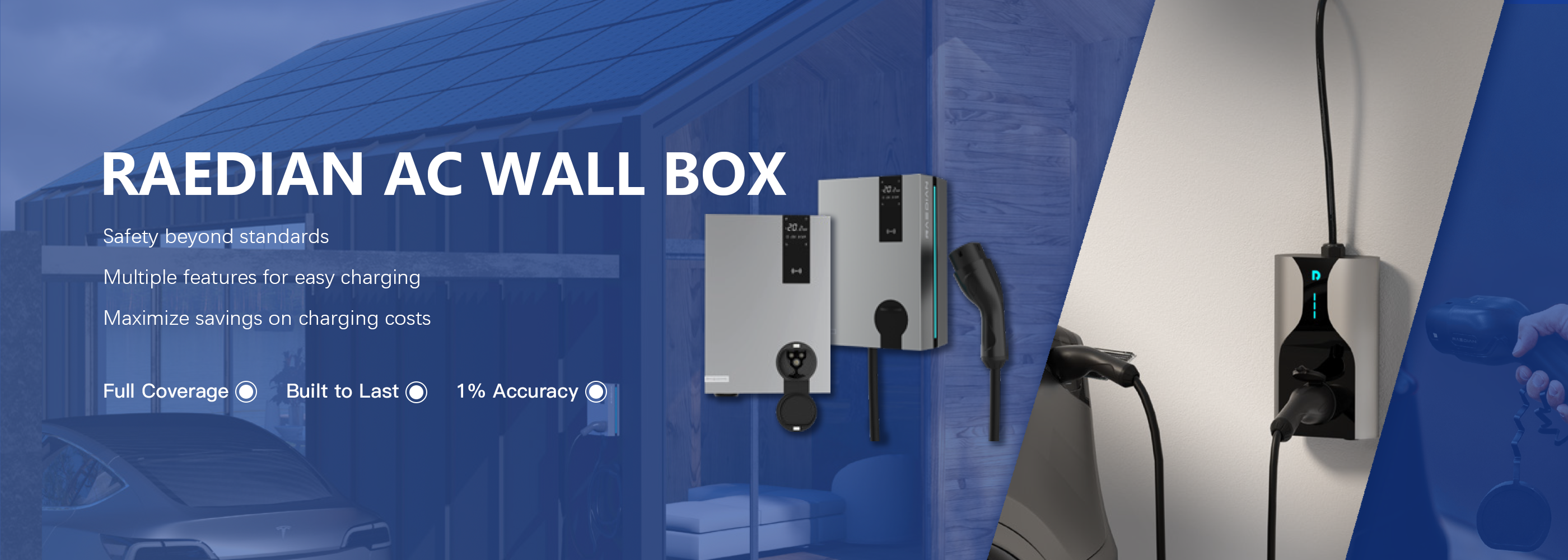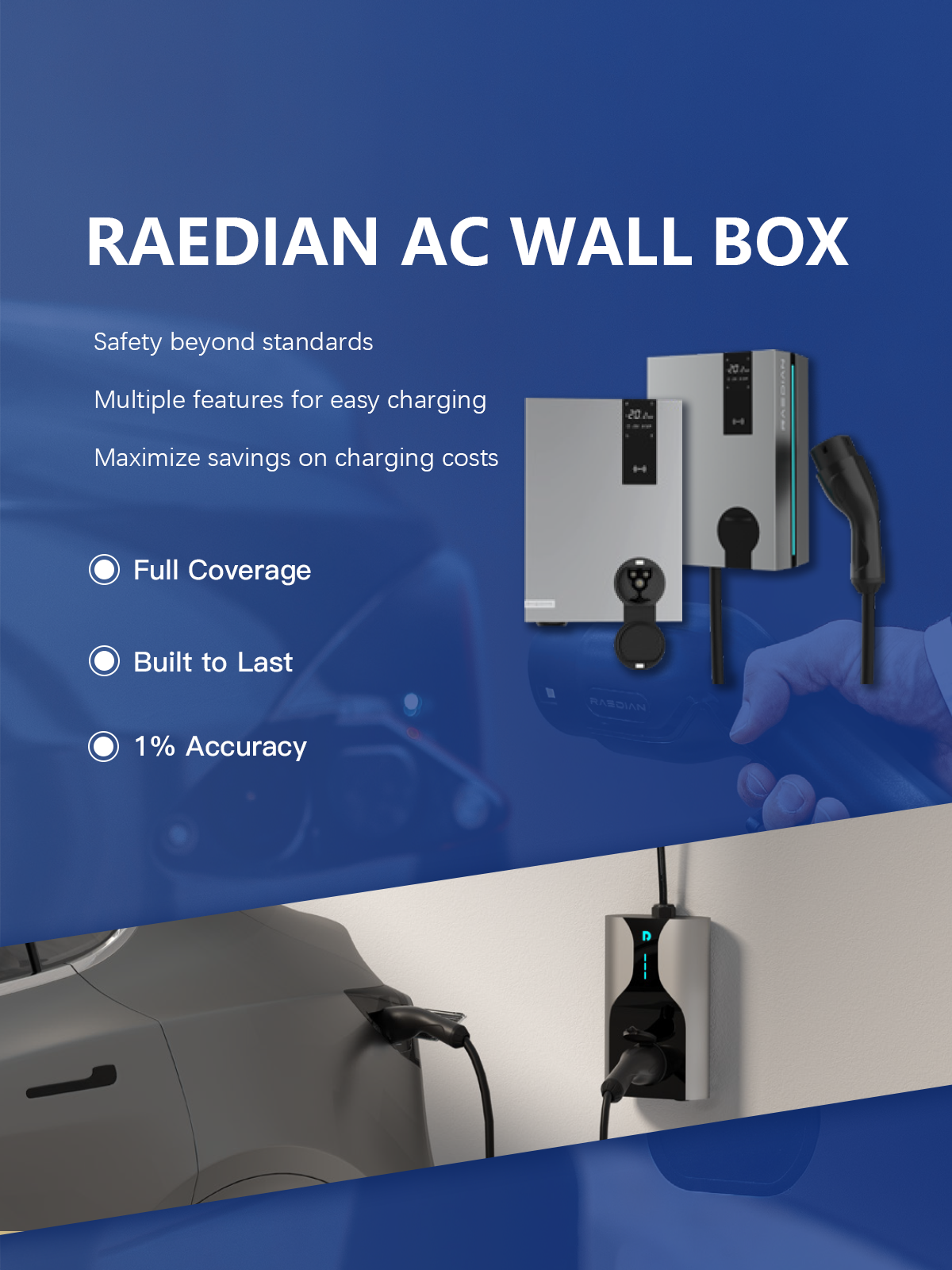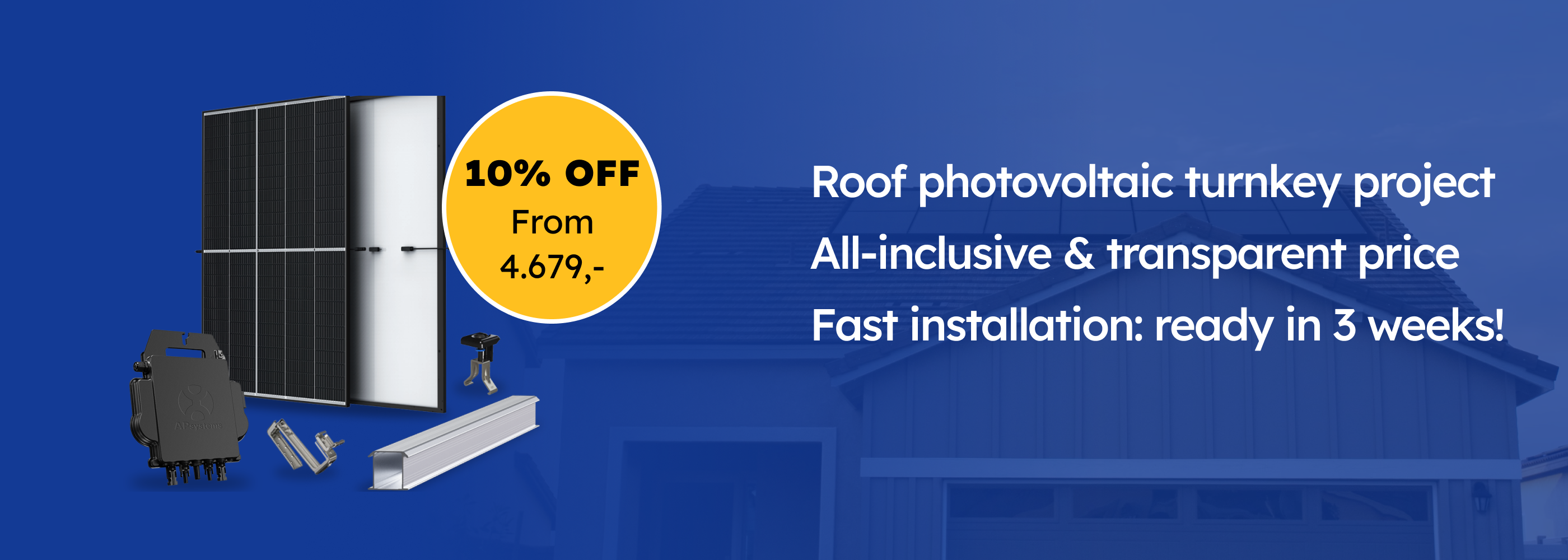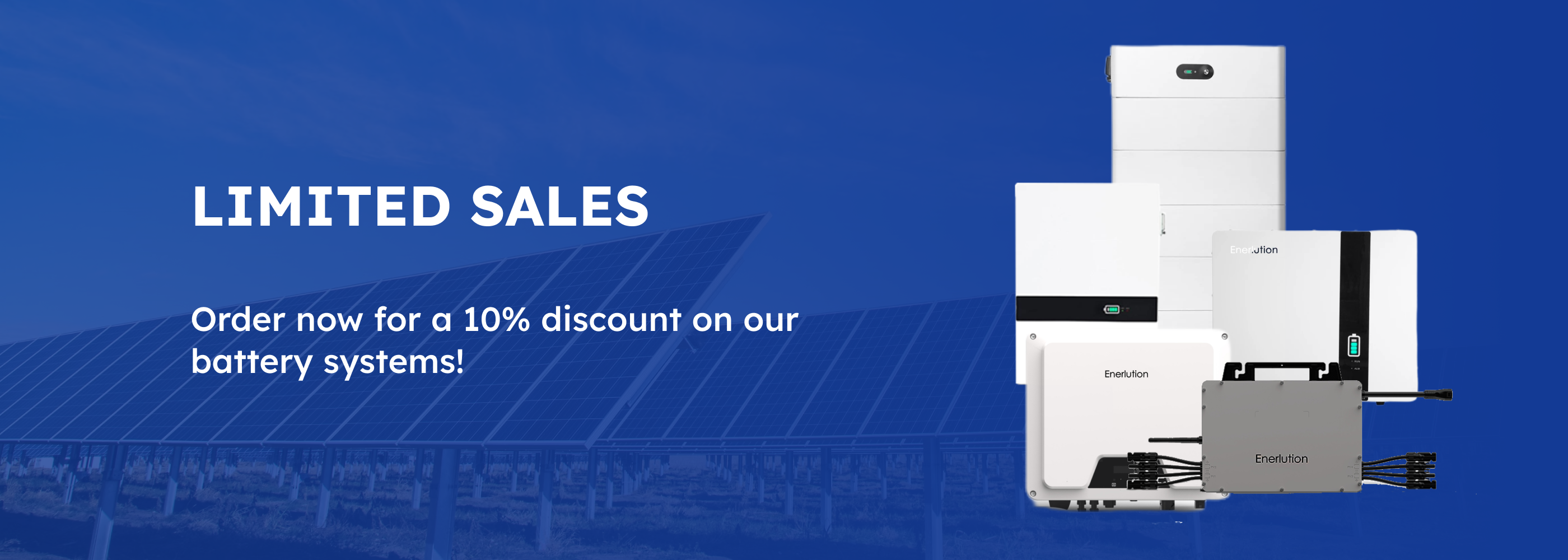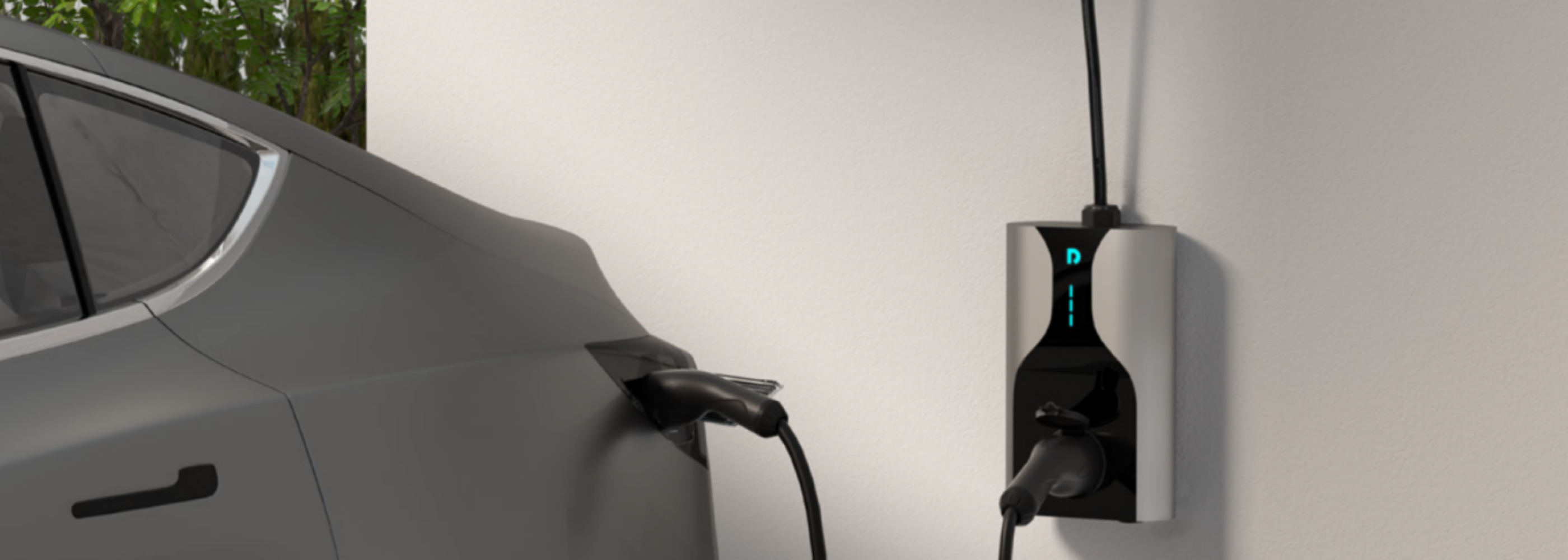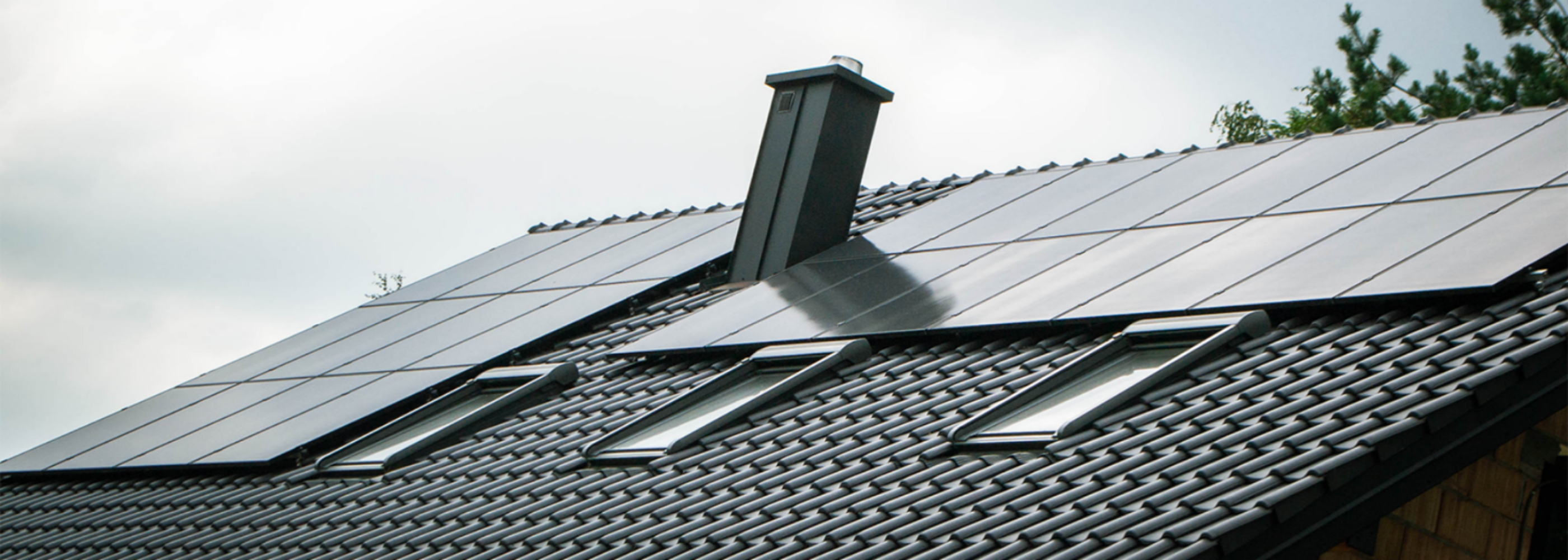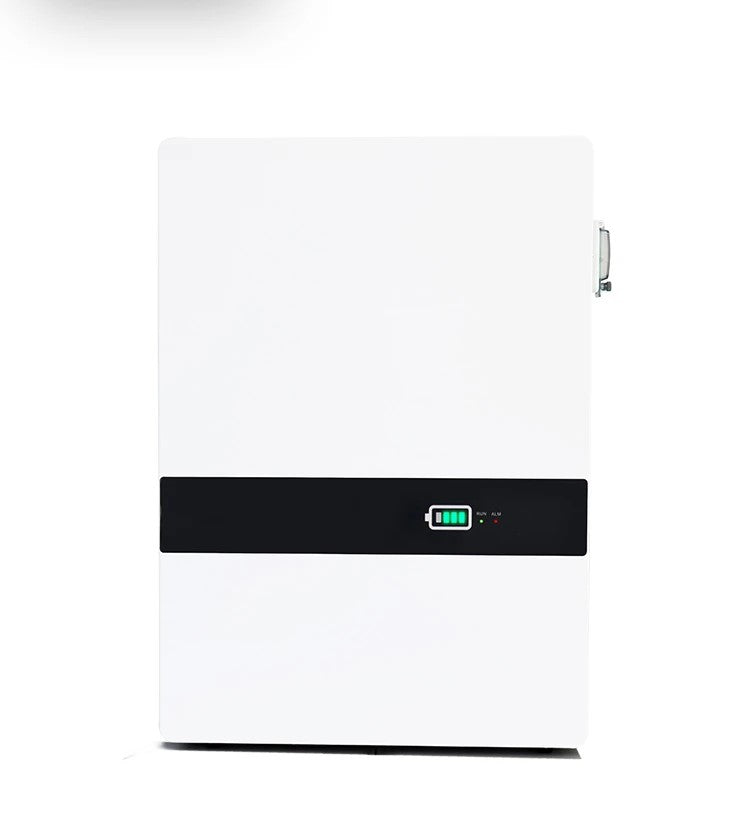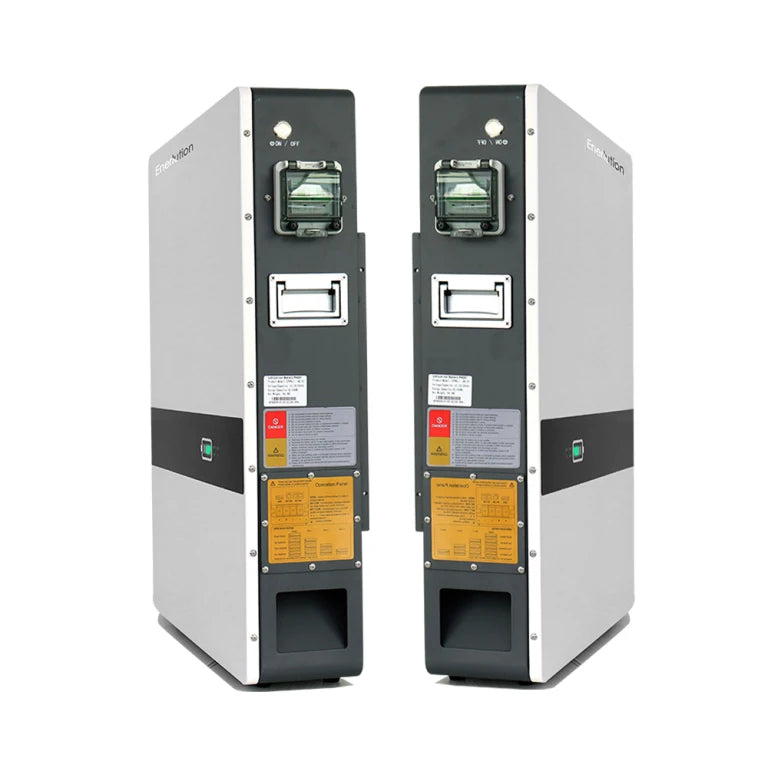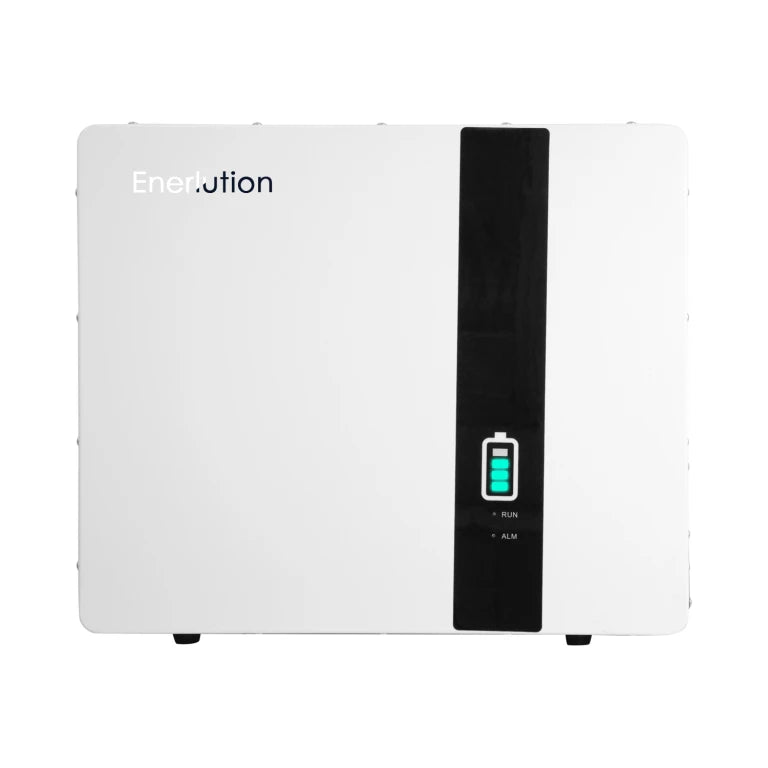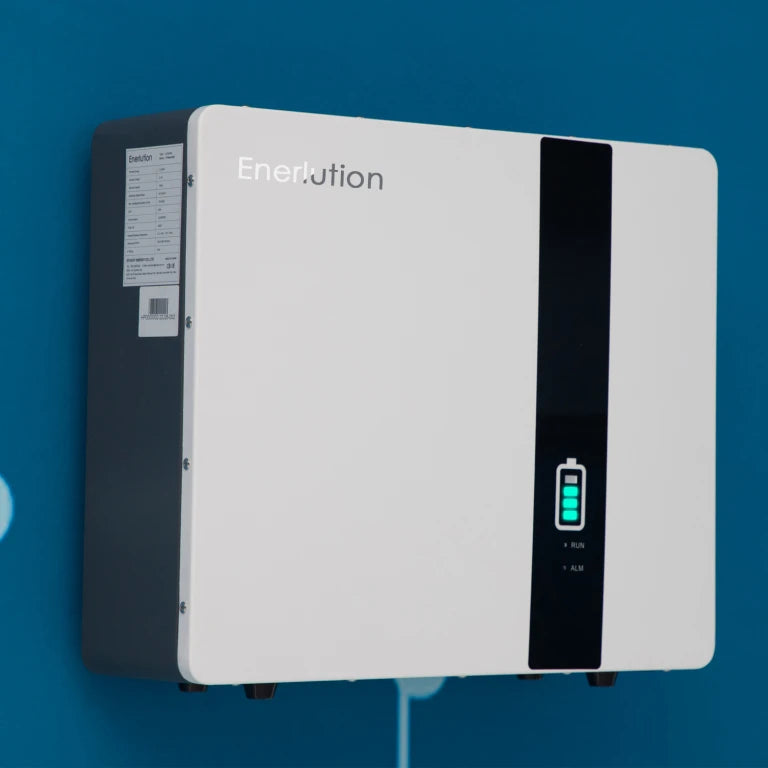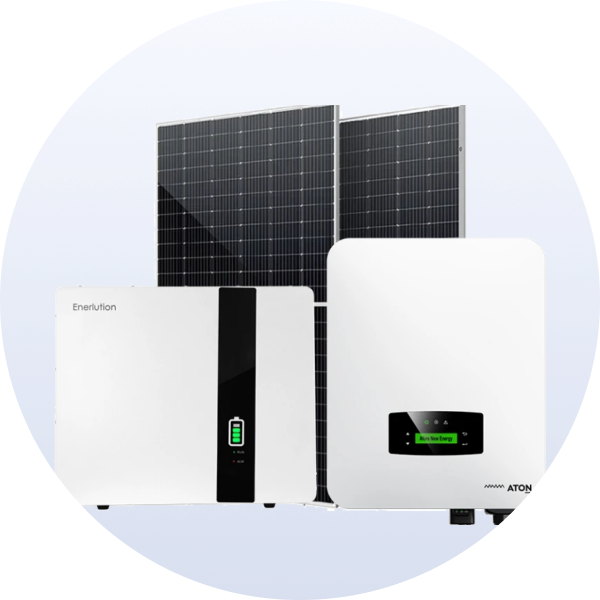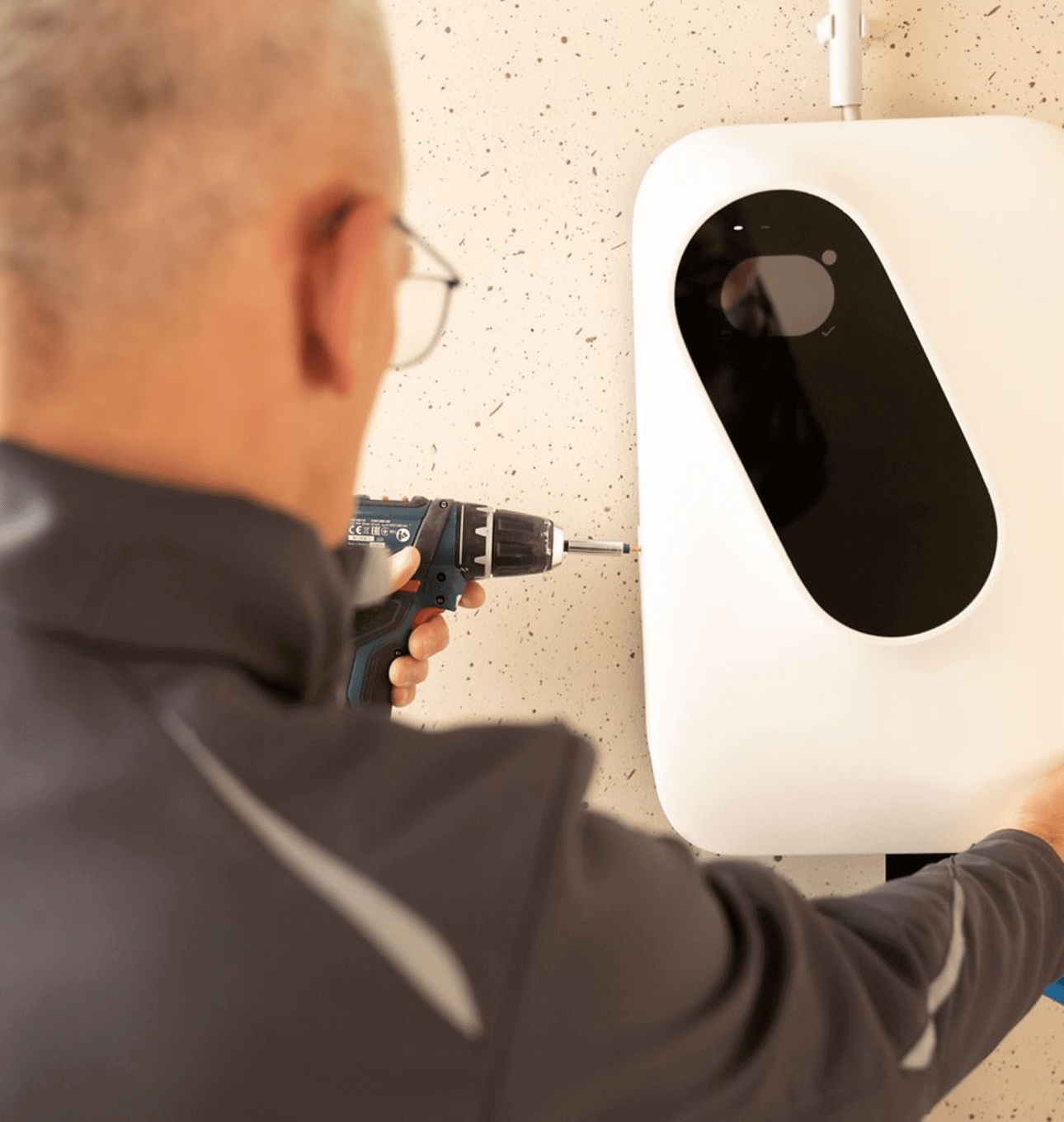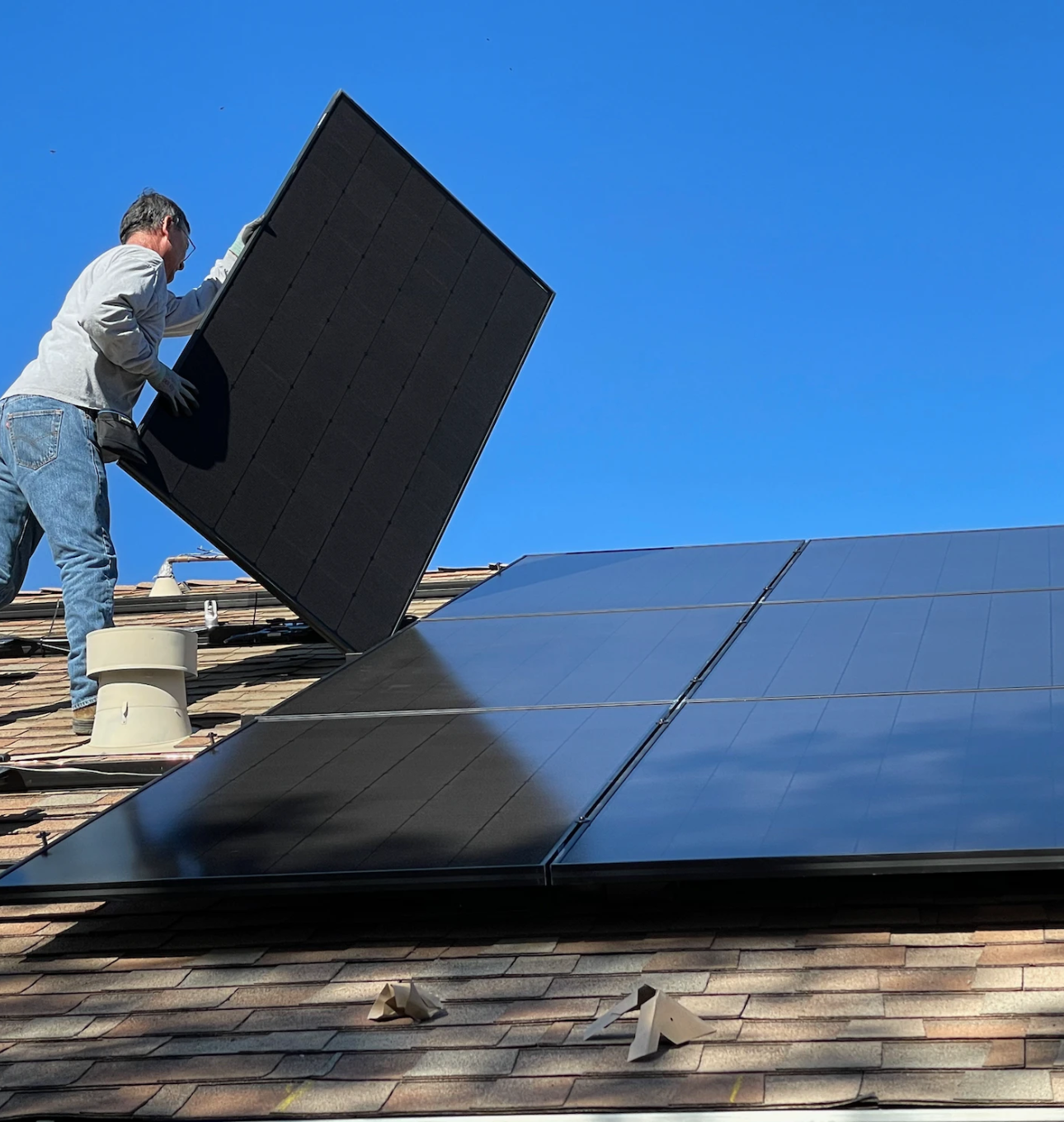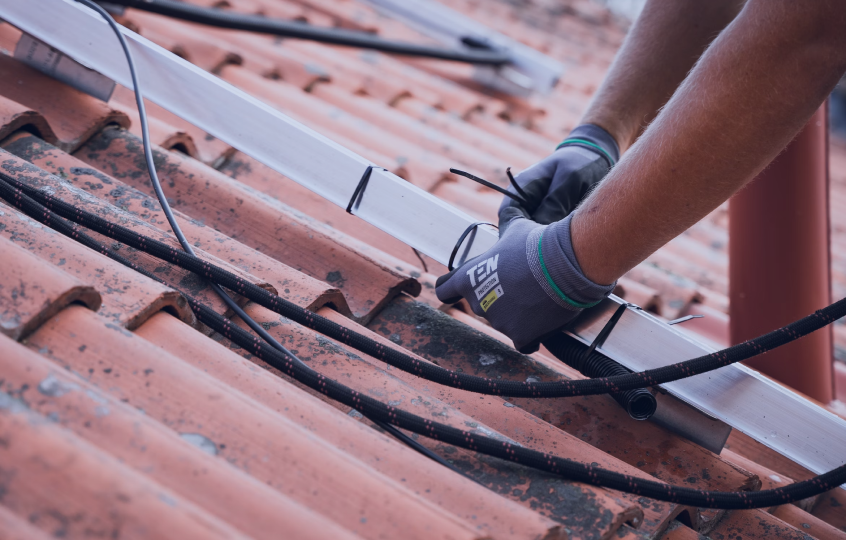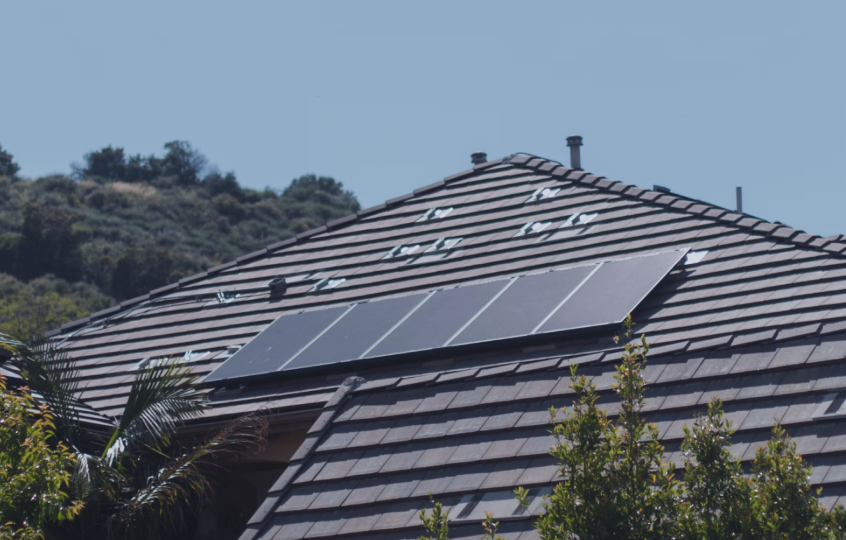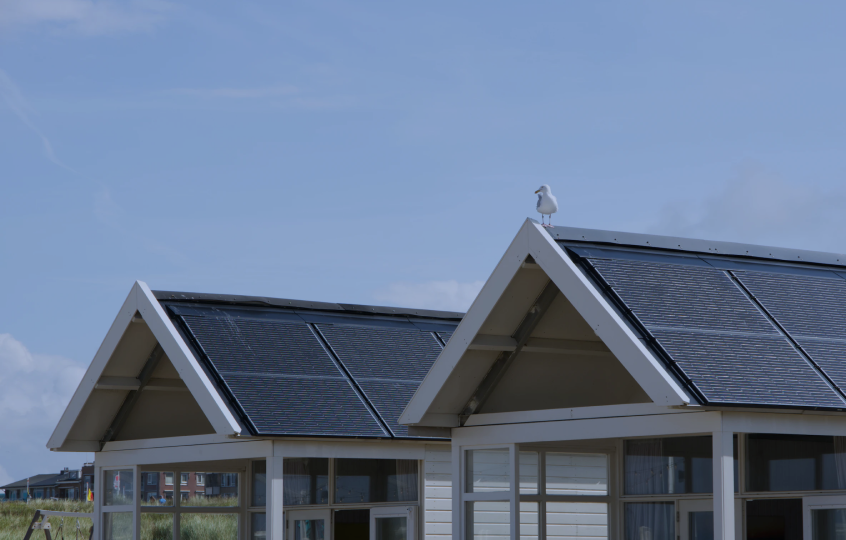Hot Sales
One Stop Solution For Household
Enerplaza Smart solution for home photovoltaics, energy storage and EV charging Be energy independent
Enerplaza combines solar energy, energy storage and EV charging to provide an all-in-one home solar system that helps you reduce your energy bills and dependence on the grid.
As an advanced home energy smart management system, Enerplaza Home ESS is versatile and scalable to meet the needs of different scenarios. It is also simple to install, easy to use and safe.
I need
Solar + Storage
+ Charging
Produce, store, charge and use green energy your way.
Solar +
Storage
Produce, store and use green energy for your home.
Storage Only
Make full use of variable electricity price to cut utility bill.
Backup /
Off-grid
Enjoy green energy even when the grid power is out.
At nightEnjoy Energy
I need
Solar + Storage + Charging
Produce, store, charge and use green energy your way.
Solar + Storage
Produce, store and use green energy for your home.
Storage Only
Make full use of variable electricity price to cut utility bill.
Backup / Off-grid
Enjoy green energy even when the grid power is out.
Installation services
Shopping Guides Blogs
FAQ
Are there different types of EV charger?
There are three main types of EV charger: fast (DC) and slow (AC).
Fast or super chargers are mainly found at motorway services and other public locations where super-fast charging is necessary during a journey. A typical example is Tesla Supercharger station, which takes just 20 minutes to charge the vehicle up to 80%. In Netherlands, there are FastNed, Allego, Shell Recharge and etc. at the highway fuel stations or at city urban areas.
Slow chargers are the standard for home and workplace charging and enable people to charge their vehicles within a few hours, depending on the vehicle and rating of the charger. The most common slow charger we install is rated at 7/11/22kW, which will charge most vehicles from 0-100% within 5-12 hours.
What sort of plugs/connectors do I need?
There are two main kinds of plug: Type 1 and Type 2. Type 2 are most common and all new vehicles come with Type 2 as standard in Netherlands. The type of plug you need is determined by the type of vehicle you have and both types can charge up to 32A, but the Type 2 plug also allows for three-phase charging if your installation has this option. This enables faster charging in some situations like when your car has a 22kW OBC (On-board Charger)
Can you install an EV charger in any house or flat?
There are a few things you need to consider before you install an EV charger. We will carry out a free survey of your property to establish the best options for you – call or email us to find out more.
10 things to know before installing an EV charger at your home
Common misconceptions about residential PV (source from Verbraucherzentrale NRW)
1. The first misconception is to promise people that they can become self-sufficient with PV systems and storage systems. This is not true, because PV systems and home storage solutions can only cover a certain proportion of annual electricity supplies for households.
The degree of self-sufficiency that can be achieved is between 25% and 90%, depending on the level of power consumption and whether storage has been installed. Especially in the winter months, the amount of solar power that can be generated is far from sufficient, so grid power has to be purchased. Complete self-sufficiency can only be achieved with additional seasonal storage, such as hydrogen.
However, that is technically complex and hardly makes economic sense for a residential unit.
2. Another misconception relates to the belief that a PV system is only worthwhile in combination with a battery. Some homeowners seem to believe that feeding solar power into the grid is not a financially attractive option after fading out net metering in the Netherlands after 2025.
Solar panels and selling back to the grid (kvk.nl)
A photovoltaic system is financially worthwhile, even without storage. If installing a battery in addition to the photovoltaic system is doable, it depends on a number of factors – mainly, a home's consumption profile and electricity costs. Homeowners should therefore check their self-consumption levels without storage. They can compare higher self-consumption levels through battery storage with actual electricity costs.
3. It also rejects the idea that south-facing rooftops are always better for PV systems than east-west-facing rooftops. It's not just about generating as much solar power as possible, but generating electricity when it is needed. The annual yield of a PV system on an east-west roof is only around 80% compared to a south-facing roof. However, the yield from solar systems on east-west roofs can be spread over the course of an entire day, as the systems still get a significant amount of sun in the morning and evening.
4. Many people who do not have rooftops for PV installations often consider investments in plug-in solar devices. These can be attached to balconies or set up in gardens. However, if tenants hope to be able to power household appliances such as coffee machines, they may be disappointed.
These panels are particularly suitable for covering the baseload in the household. The electricity is used directly – for example, for a telephone, an internet router, or an alarm clock radio. If more power is needed, it will be provided by the grid. This is the case, for example, with a coffee machine that briefly requires around 2,000 W to heat up water. Balcony PV modules alone could not achieve this, according to Verbraucherzentrale NRW.

